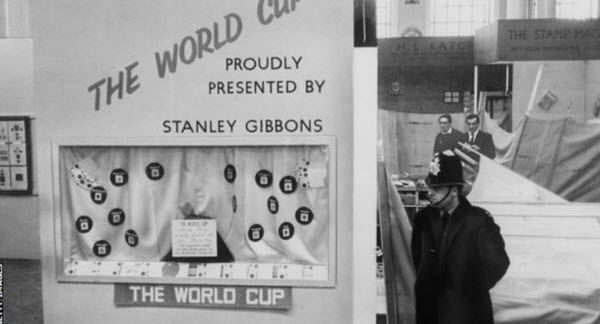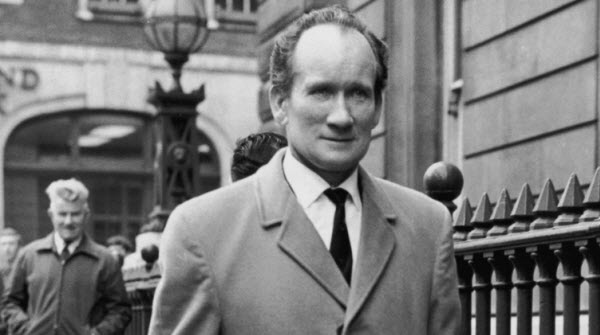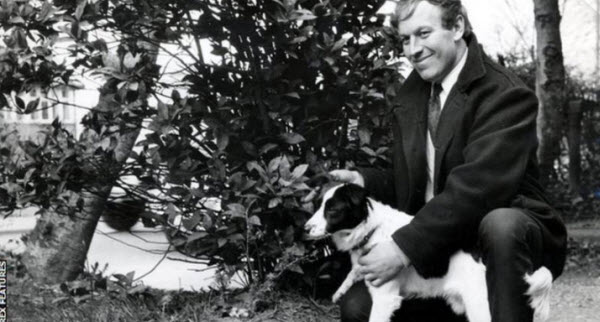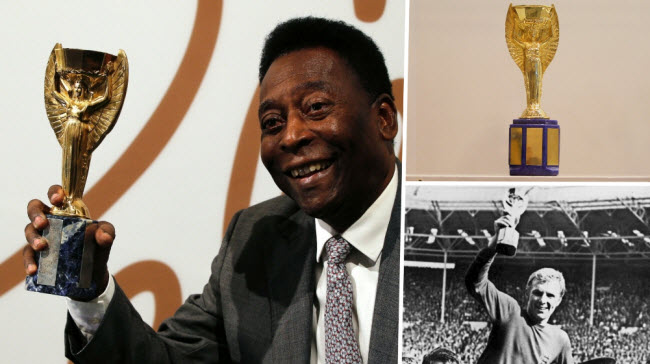Without a doubt, the FIFA World Cup is one of the most anticipated sports events around the globe. Whenever the World Cup kicks off, sports pages and specialized magazines are filled with news about the tournament, including analyses, statistics, and biographies of participating players and teams. However, on two occasions in the history of the World Cup, its news transitioned from sports pages to crime and scandal headlines when it was stolen. The World Cup trophy was stolen twice despite the stringent security measures surrounding it. The first theft occurred in England in the mid-1960s, just before the tournament began. Fortunately, the trophy was recovered by chance with the help of a dog. The second theft happened in Brazil in the early 1980s, and unlike the first incident, the trophy was never found.
The First World Cup Theft
In January 1966, the Football Association of England received the silver World Cup trophy, known as the Jules Rimet Trophy, ahead of the tournament scheduled for July that year. It was usually kept at its headquarters in Lancaster Gate. In February, Stanley Gibbons stamp company was granted permission to display the trophy at the Stamp Show in March, provided it was under strict security at all times, with insurance coverage of £30,000, despite its official value being only £3,000. The exhibition was held at Westminster Central Hall, where the World Cup was a major attraction. Two uniformed officers were assigned to guard the trophy around the clock, supported by two plainclothes officers during the day and additional guards beside the display cabinet when the exhibition was open.

On Sunday, March 20, while the guards were changing shifts around noon, they noticed at approximately 12:10 p.m. that someone had opened the display case and stolen the trophy, leaving the scene immediately. Strangely, the guards did not see or hear anything suspicious, although a witness reported seeing a suspicious man near the scene at the time of the theft. Given the importance of the case, Scotland Yard took over the investigation and assigned its best detectives to solve it. They began questioning the guards and maintenance workers. The news of the theft spread worldwide the next day, and the police started looking for two potential suspects, although the description provided by the newspapers did not match either of the men seen by the witnesses.

During the search for the perpetrators, Joe Mears, the head of the English Football Association, received a phone call on Monday, March 21, from an anonymous caller who informed him that a package would arrive the next day. Indeed, the package was delivered to his home and contained a piece of the top of the trophy and a note demanding a ransom of £15,000 in £1 and £5 denominations. The note instructed the Football Association to place a coded message in the classified ads section of The Evening News, promising that if the instructions were followed precisely, the trophy could be recovered. The note threatened that if the Football Association alerted the police or press, the trophy would be melted down. Shortly after, Mears received another call from an anonymous man identifying himself as “Jackson,” who altered the ransom conditions to £5 and £10 denominations but reiterated the warning not to inform the police. Despite these warnings, Mears contacted Scotland Yard and met with Detective Charles Baggy, who advised placing the ad on March 24 and preparing a fake ransom consisting of bundles of plain paper, with the real money hidden in the top and bottom parts of a bag. Two police officers were assigned to assist Mears in delivering the money to the thief and went to his home to wait for the next call.
A new call came in, but Mears was having an asthma attack, so his wife answered instead and handed the phone to Detective Baggy, who was posing as his assistant. Jackson, on the other end, was nervous but eventually agreed to meet and instructed Baggy to come to Battersea Park to meet him at the gate. Baggy arrived, followed by several unmarked Scotland Yard cars. Jackson showed him the bag of money but failed to notice that most of it was paper. Detective Baggy insisted on seeing the trophy before handing over the money. Jackson agreed and got into Baggy’s car to lead him to its location. On the way, Jackson noticed the following police cars and began to panic. At the nearest traffic light on Kennington Park Road, he asked Baggy to stop, claiming he would retrieve the trophy. Jackson then disappeared, reappeared shortly, and told Baggy to return to the car. A short while later, Jackson jumped out of the moving car and fled. Detective Baggy chased him first by car, then on foot, and eventually apprehended him in a garden. Jackson revealed his identity and was arrested and taken to Kennington Police Station.

At the police station, Jackson was identified as Edward Beachly, a small-time thief and used car dealer with a history of theft and receiving stolen goods. Beachly denied stealing the trophy, claiming he could retrieve it if released on bail, which was denied. He was formally charged with the theft of the trophy but claimed that someone he only knew as “The Boss” was the real thief and had offered him £500 to act as a middleman.
The Recovery of the Trophy
During the intensive search for the trophy, on March 27, David Corbett and his dog, Pickles, were walking in the Beulah Hill area southeast of London when the dog suddenly sniffed out a package wrapped in old newspaper and tied with string, lying under the fence of Corbett’s house. Upon opening the package, Corbett recognized the trophy by the names of the winners on it and immediately took it to the Gypsy Hill Police Station, where the trophy and the package were secured while verifying Corbett’s involvement. Once a representative from the Football Association confirmed the trophy’s authenticity, Corbett was released, and the police announced the recovery of the trophy the next morning. However, it was kept as evidence until April 18, after which it was returned to the Football Association before the tournament began.

The dog, Pickles, briefly became a celebrity, appearing on television and in some films. David Corbett attended a celebratory dinner with the players after the World Cup final and later received rewards totaling £6,000. The Football Association also provided a replica of the Jules Rimet Trophy for public celebrations. On the other hand, Edward Beachly was convicted of extortion and threat with intent to steal and was sentenced to two years in prison. Ironically, during his trial, he expressed hope that his country’s team would win the World Cup. He died in 1969, and in 2018, investigative journalist Tom Petefor identified the thief of the Jules Rimet Trophy as Sidney Cojulier.
The Second World Cup Theft
In 1970, Brazil permanently acquired the Jules Rimet Trophy after winning the World Cup for the third time. However, in 1983, the trophy was stolen again by a man named Sergio Pereira Aires, a banker and agent for Atlético Mineiro football club, who masterminded the theft with two others: former police officer Francisco Rivera and decorator José Luiz Vieira. The two men entered the Brazilian Football Confederation (CBF) building, disabled the alarm system, and stole the trophy along with two other awards. They were identified after Antonio Sita, who had been approached by Sergio to join the heist but declined out of patriotism and because his brother died of a heart attack when Brazil won the Jules Rimet Trophy.
Sergio and his accomplices were arrested, and Argentine gold dealer Juan Carlos Hernández was accused of melting down the trophy into gold bars. Hernández denied the accusations, although traces of gold found in his smelting matched the trophy’s material. Hernández was also arrested. When the sentences were handed down, all the perpetrators escaped, but their fates were grim. Francisco Rivera was shot dead in a pub in 1989 by five men. José Luiz Vieira was re-arrested and released from prison in 1998. Antonio Sita died in a car accident in 1985 while heading to the police station to testify about the crime. Juan Carlos Hernández bought a luxurious property in Rio shortly after the theft and later fled to France, where he was arrested in 1998 at a bus station in São Paulo for drug trafficking. He had also served a prison sentence in France for the same crime and was released in 2005. The mastermind, Sergio Pereira Aires, was released from prison in 1998 and died of a heart attack in 2003. The trophy was never recovered, and instead, a replica of the Jules Rimet Trophy was presented to the Brazilian Football Confederation in 1984.
